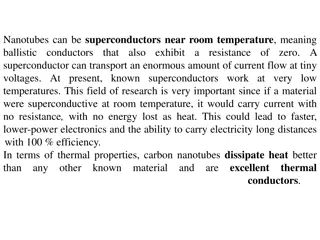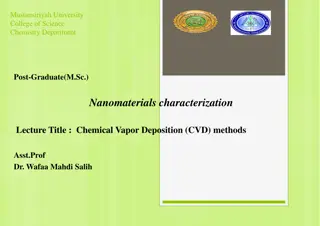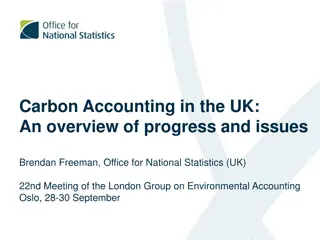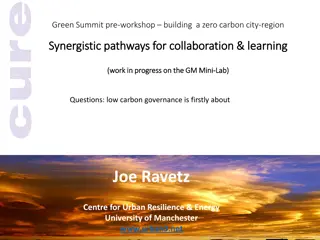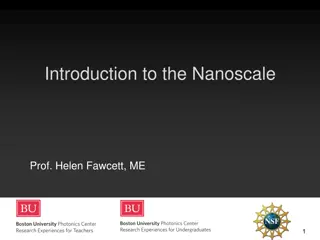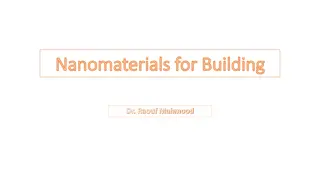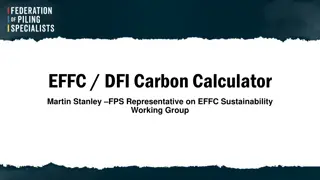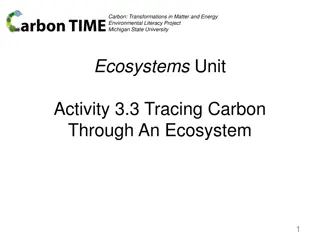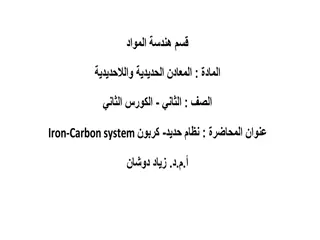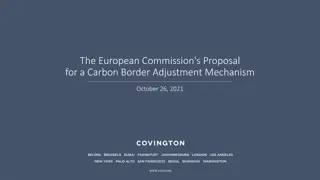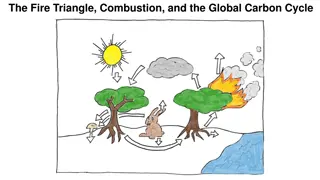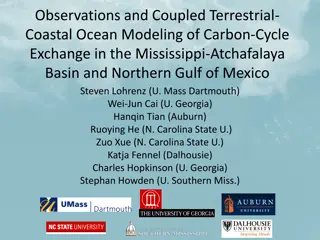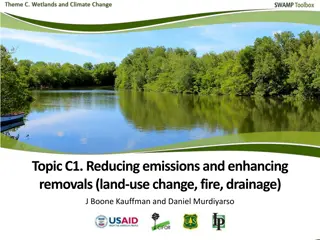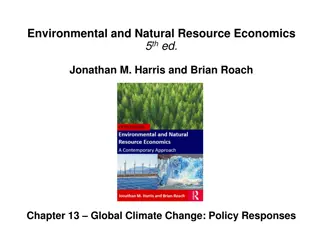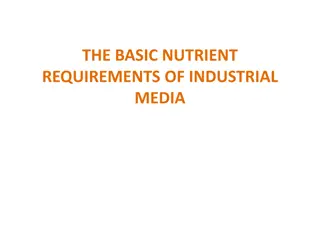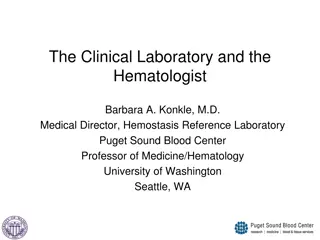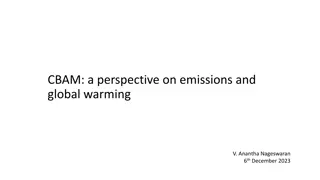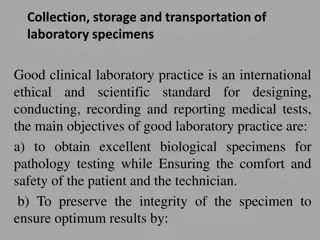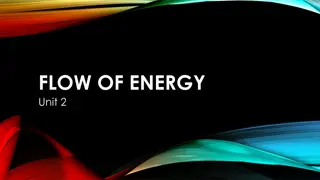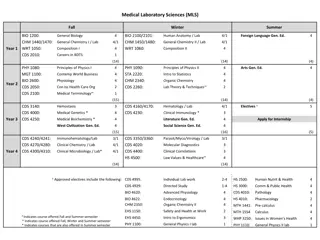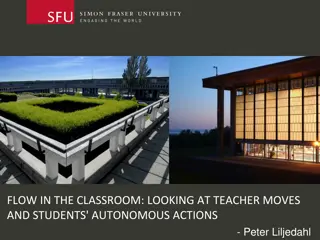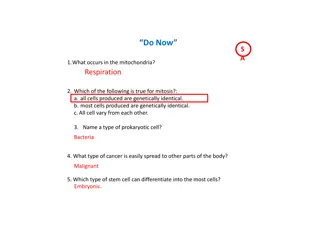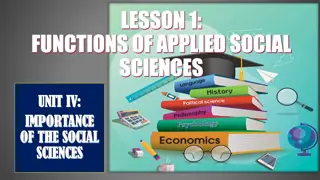Optimal Learning in Laboratory Sciences: Growing Carbon Nanotubes
This tutorial delves into the process of optimal learning in laboratory sciences, focusing on a case study involving the growth of carbon nanotubes. It covers building belief models, running experiments, updating beliefs, designing policies, and optimizing nanotube length using different catalysts within a limited budget. The application of carbon nanotubes in various industries and the importance of choosing the right catalyst for optimal results are highlighted.
Download Presentation

Please find below an Image/Link to download the presentation.
The content on the website is provided AS IS for your information and personal use only. It may not be sold, licensed, or shared on other websites without obtaining consent from the author. Download presentation by click this link. If you encounter any issues during the download, it is possible that the publisher has removed the file from their server.
E N D
Presentation Transcript
Tutorial: Optimal Learning in the Laboratory Sciences A case application Growing carbon nanotubes December 10, 2014 Warren B. Powell Kris Reyes Si Chen Princeton University http://www.castlelab.princeton.edu Slide 1 Slide 1
Lecture outline A case application Carbon nanotubes Building a belief model (the prior) Running an experiment Updating the belief (the posterior) Designing a policy Creating a prior 2
Growing Nanotubes Nanotubes As of 2013 carbon nanotube production exceeded several thousand tons per year Applications: energy storage, automotive parts, boat hulls, sporting goods, water filters, thin-film electronics, coatings, actuators, etc. Courtesy www.kintechlab.com http://phys.org/news/2014-03-carbon-nanotubes-real-world-applications.html 3
Growing Nanotubes Find the catalysts that give the best nanotube length Objective: optimize the nanotube length Discrete choices: different catalysts, e.g. Fe, Ni, PHN, Al2O3+Fe, Al2O3+Ni Budget: small number of sequential experiments 4 K. Kempa, Z. Ren et al., Appl. Phys. Lett. 85, 13 (2004)
Simple Belief Model Point estimate: depending on the catalysts, we get different nanotube lengths Distribution: describes our belief about the length of the bar produced by each catalyst Which catalyst to try? Nanotube Length 5
Simple Belief Model Which catalyst to try? If we try Al2O3+Fe, our belief of the best may stay unchanged. Nanotube Length 6
Simple Belief Model Which catalyst to try? If we try Al2O3+Fe, our belief of the best may stay unchanged. Nanotube Length 7
Simple Belief Model Which catalyst to try? If we try Al2O3+Fe, our belief of the best may stay unchanged. If we try Ni, our belief of the best may change lot. Nanotube Length 8
Simple Belief Model Which catalyst to try? If we try Al2O3+Fe, our belief of the best may stay unchanged. If we try Ni, our belief of the best may change lot. Nanotube Length 9
Policy Measurement policy: A rule for making decisions, i.e. which catalyst to try? Different policies Try a random one (exploration) Try the one that looks the best (exploitation), i.e. Al2O3+Fe Try the most uncertain one (variance reduction), i.e. Ni Combine exploration and exploitation (interval estimation) Questions: Can we be smarter? What is the effect of decision-making rule to the number of experiments needed to discover the best? 10
Prior Simple belief model (lookup table) Point estimate (single truth) Nanotube Length 11
Prior Simple belief model (lookup table) Point estimate (single truth) Many possible truths 12
Prior Simple belief model (lookup table) Point estimate Many possible truths Truths can be captured by a distribution called the prior. Nanotube Length 13
How to Construct a Prior? Literature review Similar systems may be studied before Material property database E.g. NIST Property Data Summaries for Advanced Materials, AFLOWLIB, MatWeb Previous lab data Estimate the estimation (mean) and uncertainty (variance) using some initial experiments or similar experiments done earlier Fundamental understanding of physics and chemistry 14



